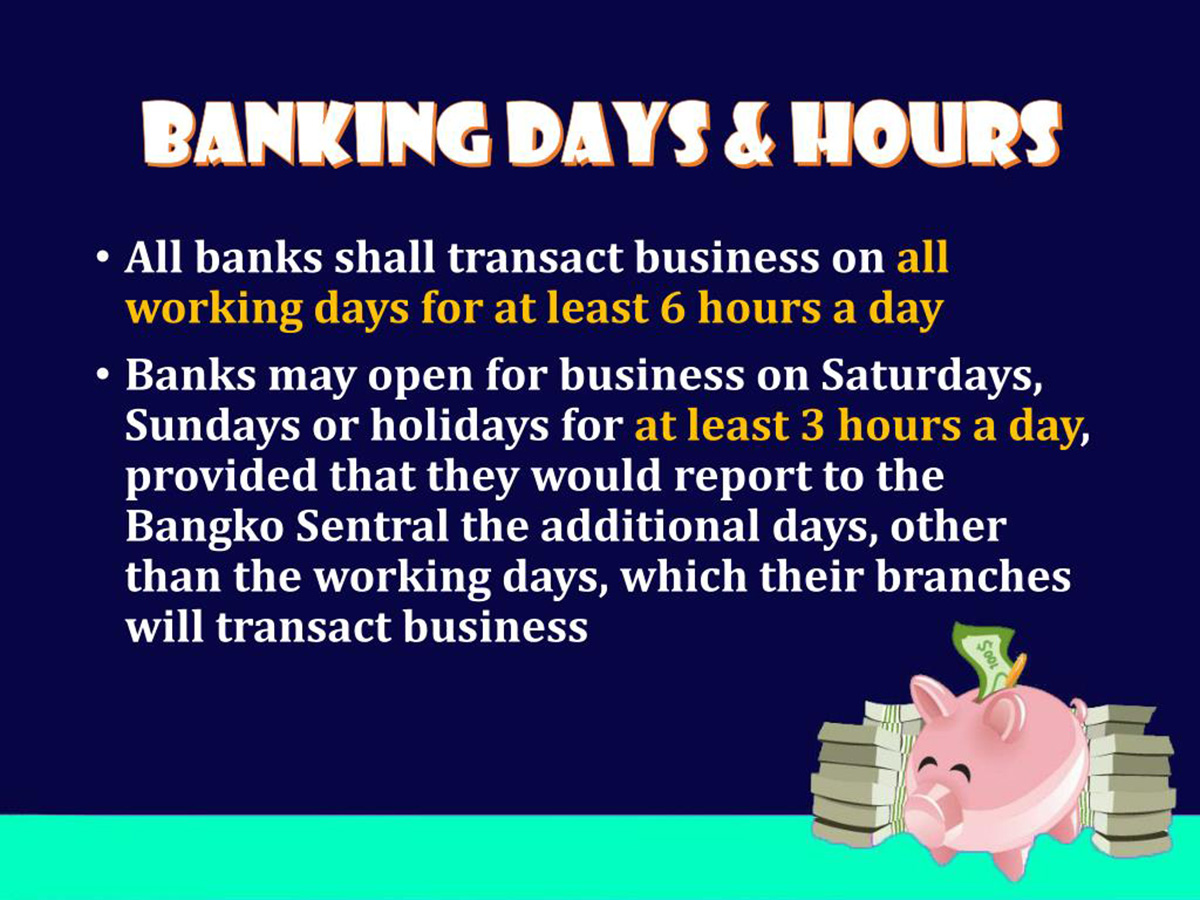

Finance
What Is The Grace Period Under An FSA?
Published: February 21, 2024
Learn about the grace period under an FSA and how it affects your finances. Understand the benefits and limitations to make informed decisions.
(Many of the links in this article redirect to a specific reviewed product. Your purchase of these products through affiliate links helps to generate commission for LiveWell, at no extra cost. Learn more)
Table of Contents
Introduction
Healthcare expenses can often place a significant financial burden on individuals and families. In response to this challenge, many employers offer Flexible Spending Accounts (FSAs) as part of their benefits packages. An FSA is a pre-tax savings account that allows employees to set aside a portion of their earnings to cover qualified medical expenses. These expenses can include copayments, deductibles, and various medical services and products not covered by insurance, such as prescription medications, vision care, and dental treatments.
One essential aspect of an FSA that provides additional flexibility to account holders is the grace period. The grace period is a specific timeframe that extends the usability of funds in the FSA beyond the traditional plan year. This extension allows participants to utilize remaining funds from the previous plan year for eligible medical expenses, offering a valuable opportunity to maximize the benefits of their FSA.
Understanding the intricacies of the FSA grace period, including its benefits and limitations, is crucial for individuals seeking to make the most of this financial tool. In this article, we will delve into the details of the FSA grace period, exploring its advantages and constraints to provide a comprehensive understanding of this valuable aspect of Flexible Spending Accounts.
Understanding the FSA Grace Period
The FSA grace period is a provision that allows participants to utilize remaining funds from the previous plan year for eligible medical expenses. Typically, an FSA operates on a “use it or lose it” principle, meaning that funds not spent within the plan year are forfeited. However, the grace period extends this deadline, offering account holders additional time to exhaust their remaining funds.
During the grace period, which is usually up to 2.5 months after the end of the plan year, participants can continue to incur eligible medical expenses using the previous year’s FSA funds. This extension provides a valuable opportunity for individuals to address outstanding healthcare costs without losing the money they have set aside in their FSA.
It is important to note that the grace period does not apply to all types of FSAs. While healthcare FSAs commonly offer a grace period, dependent care FSAs may operate differently. Therefore, participants should familiarize themselves with the specific rules and provisions governing their FSA to make informed decisions regarding fund utilization.
Understanding the FSA grace period also involves awareness of the rollover option, an alternative to the grace period. Some employers offer a rollover provision that allows a portion of unused funds to carry over into the following plan year, providing further flexibility in managing healthcare expenses. Participants should carefully review their FSA details to determine whether the grace period, rollover, or a combination of both options is available to them.
Benefits of the FSA Grace Period
The FSA grace period offers several significant benefits to participants, enhancing the utility and appeal of Flexible Spending Accounts as a financial planning tool. One of the primary advantages is the extension of time for utilizing FSA funds, which can alleviate the pressure of rushing to spend the entire balance within the traditional plan year. This additional timeframe enables individuals to schedule medical appointments, purchase necessary prescriptions, or undergo elective procedures without the fear of losing their allocated funds.
Furthermore, the grace period fosters greater financial security by minimizing the risk of forfeiting unused FSA funds. Participants have the opportunity to address unforeseen medical expenses or ongoing treatments during the extended period, providing a valuable safety net for managing healthcare costs. This aspect is particularly beneficial for individuals who may have underestimated their healthcare needs during the initial plan year or encountered unexpected medical circumstances.
Another advantage of the FSA grace period is its contribution to overall financial wellness. By allowing participants to effectively utilize their allocated FSA funds, the grace period promotes responsible budgeting and financial planning. It encourages individuals to prioritize their healthcare needs and make informed decisions about utilizing their FSA resources, fostering a sense of financial empowerment and prudence.
Moreover, the grace period can enhance employee satisfaction and morale within organizations that offer FSAs as part of their benefits packages. The flexibility provided by the grace period demonstrates an employer’s commitment to supporting their employees’ healthcare needs, contributing to a positive work environment and employee retention.
Overall, the FSA grace period serves as a valuable asset for participants, offering extended flexibility, financial security, and peace of mind when managing healthcare expenses. By leveraging the benefits of the grace period, individuals can optimize the utility of their FSA and achieve greater control over their healthcare-related financial planning.
Limitations of the FSA Grace Period
While the FSA grace period provides valuable extensions and flexibility, it is essential to acknowledge its limitations and considerations for participants. One significant limitation is the restriction on the types of expenses that can be covered during the grace period. Participants must adhere to the guidelines stipulating eligible medical expenses, ensuring that any costs incurred using the previous year’s FSA funds align with the qualified categories. Understanding these limitations is crucial to prevent potential complications or discrepancies in fund utilization.
Additionally, the grace period does not alter the contribution limits set for FSAs. Participants must remain mindful of the maximum annual contribution allowed for their FSA, as exceeding these limits can result in tax implications and regulatory non-compliance. While the grace period extends the usability of existing funds, it does not modify the fundamental guidelines governing FSA contributions and associated regulations.
Another limitation to consider is the potential impact on future fund allocation. During the grace period, participants may be utilizing funds allocated for the previous plan year, which can affect their budgeting and planning for the current plan year. Careful consideration of ongoing healthcare needs and the allocation of FSA funds for the upcoming year is essential to avoid potential shortfalls or financial constraints.
Furthermore, the grace period does not guarantee a rollover of unused funds into the subsequent plan year. While some employers offer a rollover provision as an alternative to the grace period, others may not provide this option. Participants should be aware of their FSA’s specific rules regarding fund rollover and plan accordingly to optimize the benefits of either the grace period or rollover, depending on their plan’s provisions.
It is important for participants to review the details of their FSA, including the grace period and any associated limitations, to make informed decisions regarding fund utilization and financial planning. By understanding the constraints of the grace period, individuals can effectively navigate the complexities of FSA management and maximize the advantages while mitigating potential challenges.
Conclusion
The FSA grace period is a valuable feature that extends flexibility and usability to participants, offering an extended timeframe for utilizing allocated funds for eligible medical expenses. By providing an additional window beyond the traditional plan year, the grace period addresses the limitations of the “use it or lose it” principle, allowing individuals to manage their healthcare expenses more effectively and with reduced financial pressure.
Participants stand to benefit from the grace period’s ability to enhance financial security, promote responsible budgeting, and mitigate the risk of forfeiting unused FSA funds. The grace period empowers individuals to address unforeseen medical needs, prioritize their healthcare expenditures, and achieve greater control over their financial wellness. Moreover, the grace period contributes to a positive employee experience, fostering a sense of support and flexibility within organizations that offer FSAs as part of their benefits packages.
While the grace period presents several advantages, it is essential for participants to be mindful of its limitations, including the adherence to eligible expenses, contribution limits, and potential impacts on future fund allocation. By understanding these considerations, individuals can navigate the complexities of the grace period and make informed decisions regarding their FSA management, ensuring optimal utilization of available resources while maintaining compliance with regulatory guidelines.
In conclusion, the FSA grace period serves as a valuable tool for participants seeking to maximize the benefits of their Flexible Spending Accounts. Its extension of usability, promotion of financial prudence, and contribution to overall financial wellness make it a pivotal aspect of healthcare-related financial planning. By leveraging the advantages of the grace period while navigating its limitations, individuals can optimize the utility of their FSAs and achieve greater peace of mind when managing their healthcare expenses.














